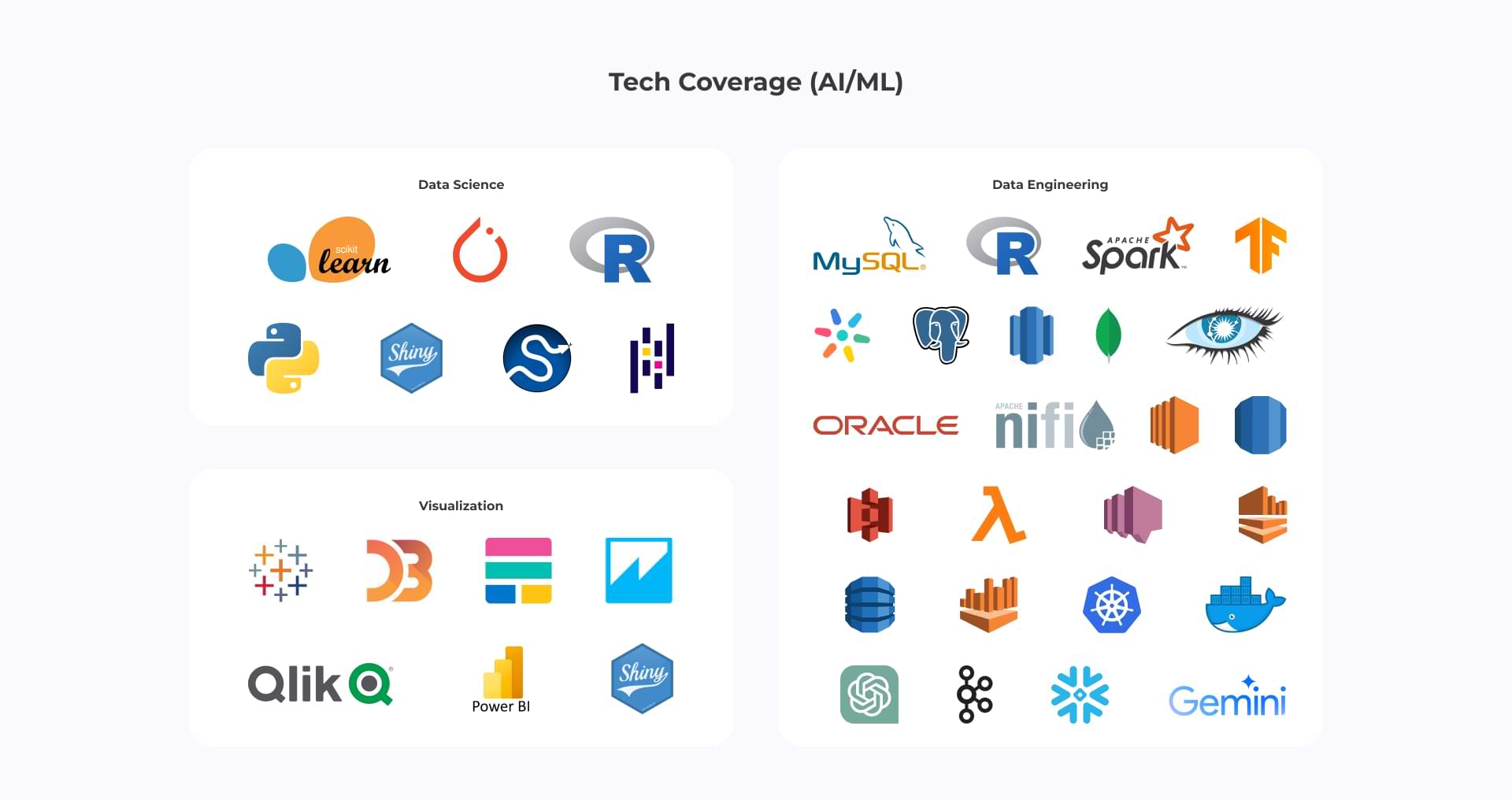Restraining the Machine: Controlling AI for a Dependable Future
“The greatest challenge in AI will not be building learning machines. It will be figuring out how to make them explainable.” – Pedro Domingos, author of The Master Algorithm
This quote by Pedro Domingos captures the essence of the complex challenge we face with Artificial Intelligence (AI). While AI is revolutionizing our world, its increasing sophistication raises concerns about transparency, accountability, and potential misuse. To ensure AI serves humanity for good, effective regulation and governance frameworks are crucial.
Let’s connect
Book a meeting
The Need for Regulation: A Balancing Act
The rapid pace of AI development presents a unique challenge for regulators. As Fei-Fei Li, co-director of the Stanford Human-Centered AI Institute, aptly states, “AI is developing faster than our ability to understand its implications.” While regulation is essential to address issues like bias, transparency, and safety, overly restrictive measures can stifle innovation. The goal is to strike a balance – fostering responsible AI development while allowing the technology to flourish.
Key Areas of AI Regulation
Several key areas require regulatory attention:
- Bias and Reasonableness: AI calculations can sustain societal inclinations display in the information they are prepared on. This can lead to unfair results, such as one-sided contracting hones or unjustifiable credit applications. Timnit Gebru, a prominent researcher in ethical AI, emphasizes, “The data we use to train these systems is a reflection of the society that created it. We need to be very aware of the potential biases that can be embedded in these systems.” Regulations should ensure datasets used to train AI models are diverse and representative, and algorithms are tested for bias before deployment.
- Transparency and Explainability: Many AI systems, particularly those based on deep learning, are often referred to as “black boxes.” Their decision-making processes are opaque, making it difficult to understand how they arrive at specific conclusions. This need of straightforwardness can dissolve believe and raise concerns almost responsibility. Controls ought to empower the advancement of logical AI models that give clear legitimizations for their decisions.
- Privacy and Security: AI systems often rely on vast amounts of personal data to function effectively. Protecting this information from unauthorized get to or abuse is paramount. Regulations should ensure compliance with existing data privacy laws like GDPR (General Data Protection Regulation) and HIPAA (Health Insurance Portability and Accountability Act). Additionally, safeguards against cyberattacks on AI systems are essential to prevent manipulation and ensure data integrity.
- Safety and Risk Management: As AI systems become more complex and integrated into critical infrastructure, rigorous safety assessments become necessary. Regulations should mandate risk mitigation strategies to address potential failures and unintended consequences of AI deployment.
AI Governance and Regulatory Frameworks
Several approaches are being explored to govern AI development and implementation:
- Sector-Specific Regulations: Industry-specific regulations tailored to the unique risks and opportunities presented by AI in each sector may be necessary. For example, regulations governing AI in healthcare might differ from those in autonomous vehicles.
- International Collaboration: The global nature of AI development necessitates international cooperation on regulatory frameworks. Uniform standards across countries will ensure responsible development and prevent a regulatory “race to the bottom.”
- Multi-Stakeholder Engagement: Effective AI governance requires collaboration between governments, industry leaders, academics, and civil society organizations. This ensures a diverse range of perspectives informs regulatory decisions.
Examples of Regulatory Initiatives
The European Union (EU) has emerged as a leader in AI regulation with the introduction of the AI Act in 2023. This comprehensive legislation classifies AI systems based on risk and imposes stricter requirements on high-risk applications. The United States, on the other hand, has adopted a more cautious approach, relying on existing laws and agency guidance to address AI governance.
The Road Ahead: A Continuous Evolution
Regulation of AI is a dynamic process that needs to adapt along with the technology itself. As Jeff Dean, Senior Fellow at Google AI, highlights, “We need to be really careful about the ways that AI is developed and deployed.” Regulatory frameworks should be flexible enough to accommodate innovation while remaining robust enough to address emerging risks.
Conclusion: Building a Responsible Future with AI
AI has the potential to unravel a few of humanity’s most squeezing challenges. However, responsible development and governance are essential to ensure this technology serves the greater good. By fostering a collaborative approach to regulation and prioritizing human values, we can harness the power of AI to create a more just, equitable, and prosperous future for all. As Andrew Ng, co-founder of Landing AI and a prominent figure in deep learning, emphasizes, “The question is not whether AI will be used, but how.” It is our collective responsibility to ensure that answer leads to a positive outcome.
Global success stories
Here are some related content that highlight our capability in delivering AI solutions that save costs as well as boost productivity.
Manufacturing 4.0:



